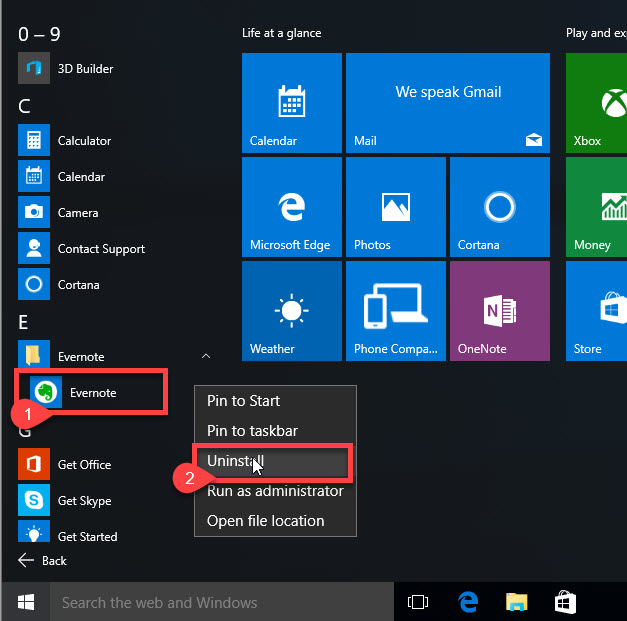

When you add a note to the service, it is secured like your email would be at a high-end email provider. Here is a high-level overview of some of the ways in which your data is protected by Evernote. To achieve this, we must provide a very high level of system and data security while offering users a variety of choices to manage their own privacy requirements. Evernote would like to provide a single service to manage your memories for many years. Security and privacy are extremely important topics for Evernote users, and for good reason. Regarding the issue of security: the premium version of Evernote ($5 a month) offers encrypted communication with the Evernote servers. And even if you already use an EHR, you might still find Evernote useful to record information - phone messages or snapshots of lab reports, for example - when your usual EHR is not available. In addition to its other uses, Evernote can provide a secure, searchable, available-anywhere database of all patient notes and data. That is to say, until now there’s been no easy way to realize some of the major benefits of EHRs - searchability, accessibility, cut-and-pasteability, and templates - without investing in a full-blown system. I’m convinced another reason why more physicians haven’t switched to EHRs is that there’s previously been no middle ground.
EVERNOTE SHOULD I REMOVE IT WINDOWS
still use them? The barriers to switching from paper records to EHRs are many: expense, hours of training required, uncertain benefits, interfaces that are user-hostile (many EHRs inexplicably seem to model themselves after Windows 98), inertia, lack of flexibility, and concerns about being locked into a relationship with a single vendor. If spending time looking for paper medical records is so inefficient, why do over 80% of physicians in the U.S. Very likely, you’ve also experienced an important chart being misfiled or lost. In contrast, if you’ve used a paper medical record, you’ve occasionally waited in frustration until someone found the chart you needed.

With an EHR, when a patient calls with a question - or if a lab calls with a dangerously abnormal result - it’s simple to pull up the medical history, medications, and details of the patient’s last visit. EHRs have many advantages over paper medical records. This bypasses the HIPAA issue and you’d still be able to use Evernote, but this means that you won’t be able to access patient data from the web unless you use a program like .įirst, some background. (Update: Evernote has confirmed by email that, “At this time we do not plan to pursue HIPAA certification for our (consumer) Evernote service.” So, there you are.) Thanks to those who directed me to the “Federal Security Standards for the Protection of Electronic Protected Health Information.” Of course, if you’re concerned about transmitting information to the Evernote servers, you can always instruct Evernote to keep all data on your local computer.

As always, HIPAA is a major issue: Evernote provides encrypted communication and many security safeguards, but it’s uncertain whether Evernote fulfills all HIPAA requirements. The following is presented as a proof of concept only for how a simple, inexpensive, customizable EHR built on Evernote might work. Let me be clear: I’m not suggesting that Evernote is a substitute for any of the excellent commercial EHRs currently available. In this part, I’ll discuss how health care providers can use Evernote as a hybrid electronic health record (EHR).
EVERNOTE SHOULD I REMOVE IT HOW TO
Part 1 provided an introduction to Evernote and described how to use it to file away journal articles. Evernote is a new searchable, friendly, available-anywhere, online personal database - and for many health care providers, it’s rapidly becoming indispensable.


 0 kommentar(er)
0 kommentar(er)
